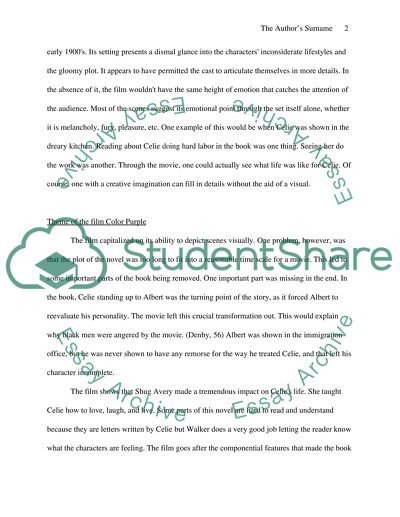Cite this document
(“The Color Purple Film Essay Example | Topics and Well Written Essays - 1750 words”, n.d.)
Retrieved from https://studentshare.org/visual-arts-film-studies/1414354-the-color-purple-film
Retrieved from https://studentshare.org/visual-arts-film-studies/1414354-the-color-purple-film
(The Color Purple Film Essay Example | Topics and Well Written Essays - 1750 Words)
https://studentshare.org/visual-arts-film-studies/1414354-the-color-purple-film.
https://studentshare.org/visual-arts-film-studies/1414354-the-color-purple-film.
“The Color Purple Film Essay Example | Topics and Well Written Essays - 1750 Words”, n.d. https://studentshare.org/visual-arts-film-studies/1414354-the-color-purple-film.


